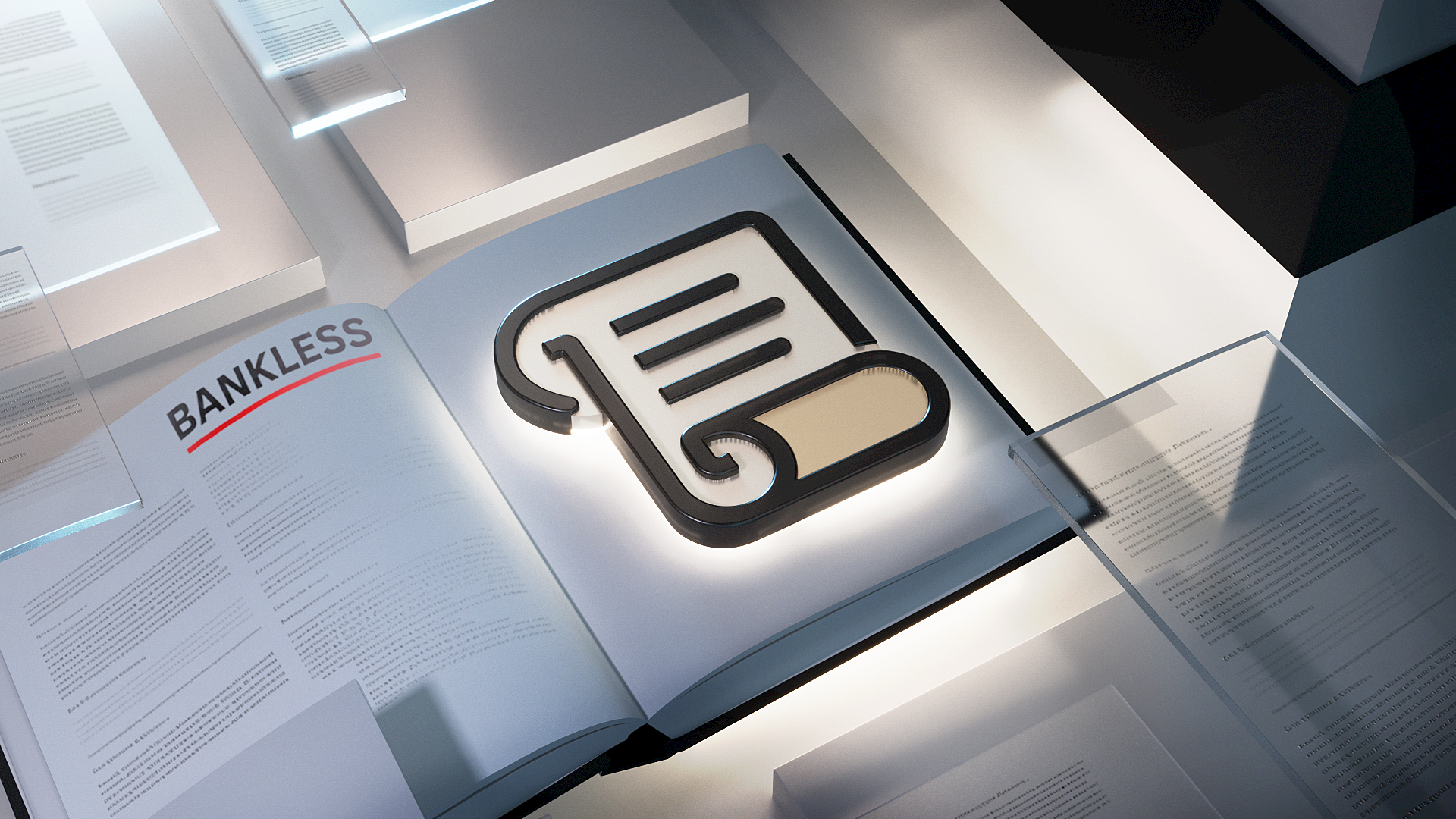The Bankless Guide to Scroll

Scroll is a Layer 2 (L2) scaling solution for Ethereum that's designed as a "zkEVM," which is a "zero-knowledge" (ZK) rollup that's compatible with the Ethereum Virtual Machine (EVM).
Since launching its mainnet in October 2023, Scroll has rapidly gained prominence in the Ethereum ecosystem and has become one of the top 10 L2 networks by size.
Key takeaways
- Scroll uses zero-knowledge proofs to ensure its transactions. Notably, the L2 was among the first zkEVMs to launch in the cryptoeconomy.
- The network operates through a multi-layered architecture, including settlement, sequencing, and proving layers. The result is a system that efficiently batches transactions to Ethereum, offering a fast and affordable user experience.
- Scroll has quickly become a significant player in Ethereum's scaling landscape, supporting a burgeoning DeFi ecosystem. It now boasts more than $792 million in total value locked (TVL) across over 100 DeFi projects and counting.
How does Scroll work?

At its core, Scroll operates through a seamless multi-layered system. Its Settlement Layer acts as a bridge between Ethereum and Scroll, ensuring data availability and ordering for the L2 as well as the verification of zkEVM validity proofs.
In tandem with this system, the Sequencing Layer takes charge of executing transactions. It combines the efforts of the Execution Node, which processes transactions directed to Scroll, and the Rollup Node, which organizes these transactions into batches and posts them to Ethereum for data availability. Additionally, the Rollup Node submits validity proofs to Ethereum, which is crucial for transaction finality.
Complementing these layers is the Proving Layer, which is dedicated to generating zkEVM validity proofs to ensure the correctness of L2 transactions. This layer consists of a pool of provers and a coordinator who not only generate but dispatch these proofs to finalize them on the Ethereum blockchain.
Why Scroll?
Scroll stands out as one of the pioneers of zkEVM technology. Its compatibility with the EVM makes it simple for developers to adopt and integrate existing Ethereum applications onto the L2 instead of having to rewrite them in a different programming language. In this sense, Scroll offers developers the ability to build in an environment that is effectively identical to Ethereum, albeit with much faster and much cheaper transactions.
How to invest in Scroll?

Scroll has taken a significant step toward decentralization by announcing the launch of its native token, SCR. The release will mark a new chapter for the project, but it also notably provides an avenue for community members and investors to participate more actively in the ecosystem.
Scroll plans to open its initial airdrop claims for SCR, which will have a total supply of 1 billion tokens, on October 22nd, 2024. The final eligibility snapshot for this first claiming phase will take place on October 19th. 7% of the total SCR supply is slated for this first airdrop to reward early Scroll users, and another 8% is reserved for future airdrops over the next 18 months.
Looking ahead, SCR holders will have governance rights through Scroll DAO, influencing decisions that shape the network's future. Additionally, as Scroll decentralizes its prover and sequencer networks, SCR will be used to incentivize external parties to run provers and to help manage sequencing.
Top Scroll projects

The Scroll app ecosystem features more than 100 projects today. Some of the top experiences to explore here include:
- 👻 Aave — a leading DeFi borrowing and lending protocol
- 🛸 Orbiter Finance — a popular cross-rollup bridge
- ✏️ Pencils Protocol — an auction platform and yield aggregator native to Scroll
- 🔐 Safe — a platform for deploying multi-signature wallets
- 👛 Zerion — a crypto wallet with bespoke Scroll support